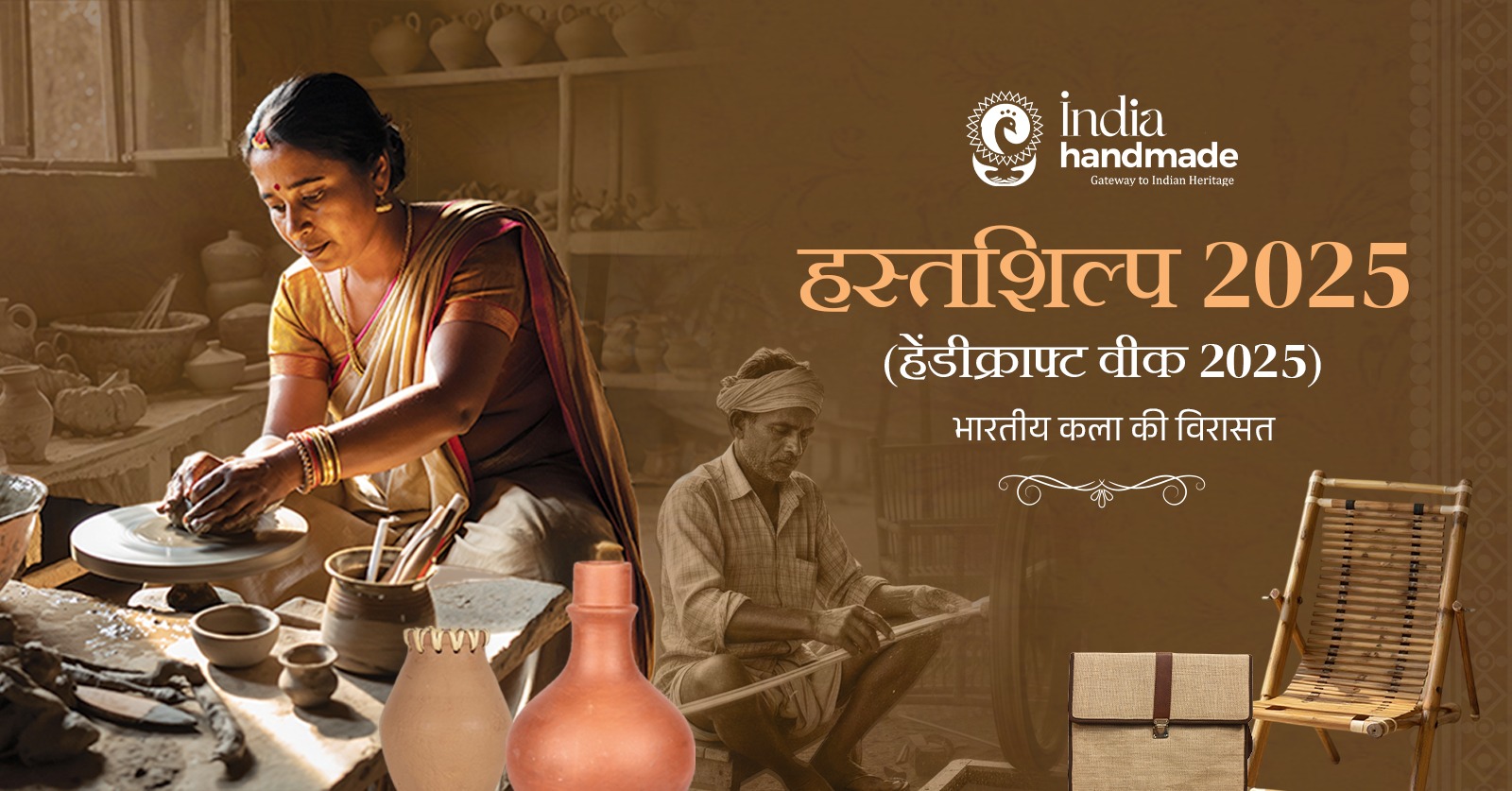
India is a country known for its rich cultural heritage and diverse art forms, each telling stories rooted in ancient traditions. Among these, Warli Art stands out as a captivating and symbolic expression of the indigenous Warli tribe from Maharashtra. Simple yet powerful, this tribal art reflects the Warli people's deep connection with nature, their spiritual beliefs, and their everyday lives. Today, Warli art is appreciated far beyond its tribal origins, as it offers a unique way to add traditional elegance and storytelling to modern homes.
In this blog, we’ll explore the origins of Warli art, its deeper cultural significance, and why this ancient art form is the perfect way to bring a touch of tradition into your home.
The Origin of Warli Art
Warli art is one of the oldest forms of tribal painting in India, believed to date back to 2500 BC. It originated in the tribal villages of the Warli, Malkhar Koli, and Konkana communities in the Sahyadri Range, primarily in the Palghar district of Maharashtra. Unlike many classical Indian art forms, Warli art was not connected to grand religious stories or royal patronage. Instead, it was born from the daily lives, rituals, and beliefs of the tribe.
Warli art was traditionally painted on the mud walls of huts, using rice paste mixed with water and gum as the primary medium. This simplicity is reflected in the characteristic white-on-ochre designs that define the art form. The motifs themselves are mostly made up of geometric shapes – circles, triangles, and squares – that symbolise the tribe’s view of the world. These shapes tell stories of life, from farming and hunting to marriage and festivals.
A Deep Connection to Nature and Life
What sets Warli art apart is its inseparable link to nature. The Warli tribe lived off the land, deeply intertwined with the forests, rivers, and animals that surrounded them. Their art reflects this relationship, illustrating their lives as part of a larger ecological and spiritual whole.
Each Warli painting is a window into the tribe's worldview, where human activities such as farming, hunting, and dancing are depicted alongside animals, trees, and celestial bodies. These paintings are not just decorative but symbolic, emphasising the harmony between humans and nature. For instance, the circle in Warli art often represents natural elements like the sun and moon, while triangles symbolise mountains and trees.
This profound respect for nature is also evident in the way the tribe approaches life. The Warli people see birth, life, and death as cyclical processes – another reason for the recurring circular motifs in their art. Through these simple shapes, they express complex beliefs about the balance and rhythm of life, which resonate with those seeking to live more harmoniously in today’s world.
Themes and Symbolism in Warli Art
Warli art is not just an aesthetic expression; it is a narrative, a visual storytelling medium that captures the tribe’s social and spiritual life. The themes commonly explored in Warli paintings include daily activities like sowing and harvesting crops, hunting, fishing, and dancing, as well as rituals surrounding marriage and festivals.
One of the most iconic representations in Warli art is the Tarpa dance, a circular formation of men and women dancing to the beats of a tarpa, a traditional trumpet-like instrument. This circle, symbolising the unity of the community, also stands for the cyclical nature of existence – a theme that runs deeply through all Warli artwork.
Interestingly, the paintings often omit religious imagery, focusing instead on the animistic aspects of the tribe’s beliefs. The central motif is usually a square known as the “chauk”, representing sacred enclosures. Inside the chauk, deities like Palaghata, the goddess of fertility, may be portrayed during specific ceremonies or rituals, such as weddings. However, the emphasis is not on gods but on life itself – the people, animals, and environment they cherish.
Warli Art's Minimalistic Aesthetic: Beauty in Simplicity
Warli art is renowned for its minimalistic aesthetic. Unlike more intricate Indian art forms like Madhubani or Pattachitra, Warli art is simple in execution but profound in meaning. The monochromatic use of white pigment on earthy backgrounds gives it an almost modern, timeless feel that appeals to a contemporary audience as much as it did to ancient tribal communities.
The geometric precision of Warli figures is also an essential part of its charm. Human and animal figures are drawn using triangles and circles, with no embellishment beyond the basic forms. This geometric approach reflects the tribe's spiritual view that life can be broken down into elemental forms, which, when combined, tell the story of existence.
This simplicity gives Warli art a meditative quality, a visual calmness that is often missing from today’s fast-paced life. Each painting, whether small or large, invites the viewer to pause, reflect, and contemplate the harmonious balance that it depicts. In this way, Warli art is not just decoration; it is an invitation to experience life more deeply.
Buy Terracotta Warli Painting Miniatures Pots | Warli Painting on Terracotta Pots
Warli Art and the Celebration of Life
At its heart, Warli art is a celebration of life. The paintings are often created during major life events like weddings, harvests, or seasonal festivals. These occasions are deeply tied to the rhythms of the natural world, whether it’s the monsoon rains that nurture crops or the springtime festivals that mark the beginning of new life.
Warli art is most famously associated with wedding rituals. During a wedding, a chauk or sacred square is painted to invoke the blessings of the gods for a prosperous union. The marriage of human beings is seen as an essential part of the greater cycle of life, with the paintings capturing the joy, excitement, and unity of these ceremonies.
In modern times, the sense of community and connection to nature that Warli art represents feels especially poignant. As we increasingly live in urban environments and digitally driven societies, the desire to reconnect with nature and celebrate the simplicity of life has made Warli art more relevant than ever.
Bringing Warli Art into Modern Homes
Today, Warli art is appreciated not only for its cultural significance but also for its universal appeal. Its minimalist forms, earthy tones, and storytelling motifs can seamlessly integrate with both traditional and contemporary home décor. By incorporating Warli art into your living space, you can invite a piece of India’s rich tribal history into your home while also creating a calming, meditative environment.
Warli art’s beauty lies in its timelessness. While it comes from a specific tribal context, its themes of community, harmony with nature, and the cycles of life are universal. Whether placed in a living room, hallway, or quiet corner of the home, Warli art reminds us of the beauty of simplicity and the interconnectedness of all life.
Buy Handcrafted Terracotta Warli Vases (Set of 3) Online
Warli Art: Preserving Tradition in a Modern World
Though Warli art has found new audiences globally, it’s important to remember its roots in the Warli tribe’s way of life. Traditionally, Warli paintings were created by women, passed down from generation to generation. Today, with the commercialization of the art form, there is a growing movement to ensure that Warli artists are recognized and supported for their work, allowing them to continue their traditions while making a livelihood from their craft.
Supporting Warli art is not just about preserving a visual style – it’s about ensuring that the stories, rituals, and wisdom embedded in the art continue to be passed on to future generations. By embracing this art form in your home, you are not only decorating your space but also becoming part of a larger movement to keep India’s tribal heritage alive.
Incorporating Warli art into your home is more than just adding a decorative piece – it’s about embracing a tradition that speaks to life’s simplicity, its cyclical nature, and our connection to the world around us. With its minimalistic beauty and profound cultural meaning, Warli art offers a unique way to blend tradition with modern design, bringing a timeless glimpse of India’s tribal legacy into your home.
So, whether you’re drawn to its symbolism, its natural aesthetic, or its spiritual depth, Warli art invites you to not only decorate your home but also to connect with a deeper sense of community, tradition, and harmony.





